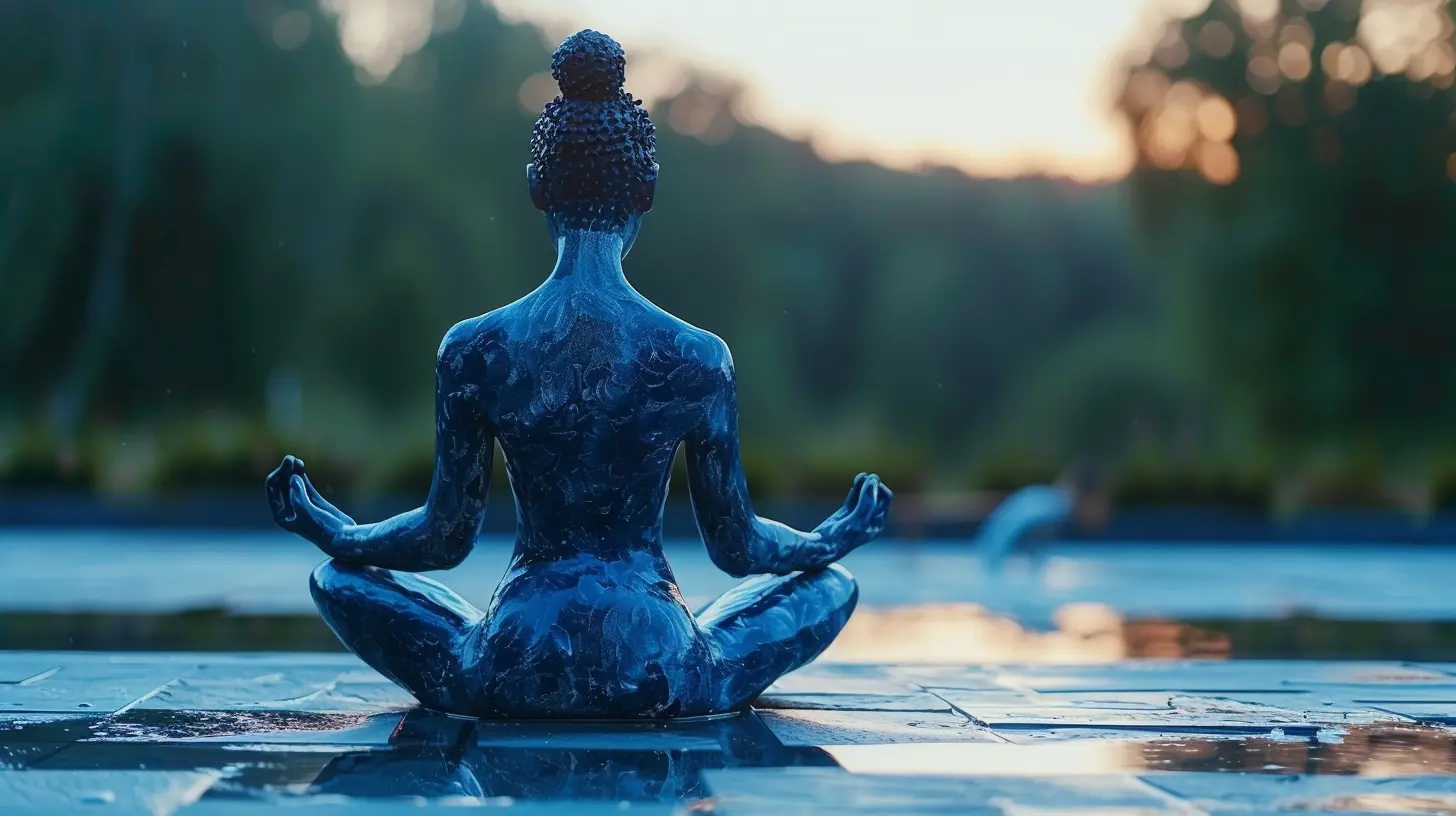How to Bring Mindfulness into Your Yoga Practice
3 November 2025
Yoga and mindfulness go hand in hand. While yoga helps strengthen the body, mindfulness allows us to focus on the present and deepen our connection with ourselves. But in today's fast-paced world, it's easy to go through the motions of yoga without truly being present.
Ever found yourself rushing through poses, thinking about your to-do list instead of your breath? You're not alone! Bringing mindfulness into your yoga practice can transform it from just a workout to a deeply enriching experience—both physically and mentally.
In this guide, we'll dive into simple yet powerful ways to integrate mindfulness into your yoga routine.

What Is Mindfulness in Yoga?
Mindfulness is the practice of being fully present in the moment. In yoga, this means being aware of your body, breath, and thoughts without judgment. It’s about tuning in—not zoning out.When you practice yoga mindfully, you move with intention, fully experiencing each posture rather than just flowing through a sequence on autopilot.

Why Mindfulness Matters in Yoga
So, why should you care about mindfulness in your yoga practice? Here are some key benefits:- Enhances focus – No more drifting thoughts mid-pose. Staying present sharpens concentration.
- Deepens your practice – Feeling every movement and breath brings a new level of awareness.
- Reduces stress – Mindfulness helps activate your body's relaxation response, easing tension.
- Improves body awareness – You’ll notice how each pose affects you, preventing potential injuries.
- Strengthens mind-body connection – When your mind and body align, your practice becomes more meaningful.
Now that we understand its importance, let’s get into how you can actually bring mindfulness into your yoga routine.

1. Start with Intention
Before even stepping onto your mat, take a moment to set an intention. Why are you practicing yoga today?Your intention could be anything—calmness, gratitude, strength, or simply being present. Setting a purpose for your practice shifts your mindset from just "working out" to a deeper, more meaningful experience.

2. Focus on Your Breath
Breath is the foundation of both yoga and mindfulness. Paying attention to your breathing keeps you anchored in the present.Try this:
- During each pose, notice your inhale and exhale. Is it deep, shallow, fast, or slow?
- Sync movement with breath – For example, inhale when lifting your arms and exhale when folding forward.
- Use breathing techniques such as Ujjayi breath (ocean breath) to maintain focus.
When your mind wanders, gently bring your attention back to your breath—it’s your built-in mindfulness tool!
3. Move Slowly and Intentionally
Ever rushed through sun salutations without really feeling the stretch? Moving too quickly can make your practice feel robotic.Instead, slow down. Feel each transition between poses. Notice how your body responds. This simple change can make a huge difference in bringing mindfulness into your practice.
4. Engage Your Senses
Mindfulness is all about awareness. Engaging your senses keeps you grounded in the present.Next time you practice yoga, try this:
- Notice the texture of your yoga mat beneath your feet.
- Listen to the sounds around you, whether it's soft music or silence.
- Pay attention to the temperature of the air on your skin.
The more you tune into these details, the less room there is for distractions.
5. Let Go of Judgment
Have you ever compared yourself to the ultra-flexible person next to you in a class? It’s easy to get caught up in how you "should" look in a pose.But yoga isn’t about perfection—it’s about connection.
Instead of criticizing yourself for not nailing a pose, practice self-compassion. Observe your body without judgment and appreciate what it can do.
6. Use a Body Scan
A body scan is a great mindfulness tool to incorporate into your yoga routine. It involves mentally checking in with different parts of your body.Here’s how:
1. Start in a comfortable resting pose (like Child’s Pose or Savasana).
2. Bring awareness to your toes, then gradually move up to your ankles, legs, hips, and so on.
3. Notice any tension or discomfort and try to soften those areas.
Body scans help you stay present while also releasing tension you might not even realize you're holding.
7. Stay Present in Challenging Poses
Holding a difficult pose? Instead of resisting it, use mindfulness to embrace the challenge.- Focus on your breath rather than how long you have to hold the pose.
- Observe what sensations arise without reacting.
- Remind yourself that discomfort is temporary.
This approach strengthens both your body and mind, helping you build resilience on—and off—the mat.
8. End with Gratitude
Before rolling up your mat, take a moment to express gratitude. Thank yourself for showing up. Appreciate your body for its strength and flexibility.Even if your practice wasn’t "perfect," remember that yoga is about the journey, not the destination.
Bringing Mindfulness Off the Mat
What’s amazing about mindfulness in yoga is that it doesn’t have to stop when your practice ends. You can take this awareness into everyday life:- Mindful breathing – Take a few deep breaths during stressful moments.
- Mindful walking – Pay attention to each step rather than rushing through your day.
- Mindful eating – Savor each bite instead of inhaling your food.
The more you practice mindfulness during yoga, the easier it becomes to integrate it into all areas of life.
Final Thoughts
Bringing mindfulness into your yoga practice isn’t about doing it "perfectly." It’s about showing up, being present, and connecting with yourself on a deeper level.So next time you step onto your mat, let go of distractions, focus on your breath, and truly experience each moment. Your body and mind will thank you for it.
all images in this post were generated using AI tools
Category:
MindfulnessAuthor:

Janet Conrad
Discussion
rate this article
1 comments
Flynn Vasquez
Great tips! Mindfulness truly enhances the yoga experience—it's all about being present. 💖
November 9, 2025 at 5:41 PM

Janet Conrad
Thank you! I’m glad you found the tips helpful. Embracing mindfulness can truly transform your practice. 💖


